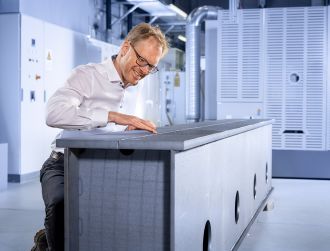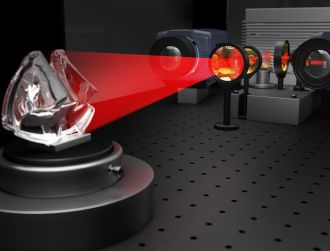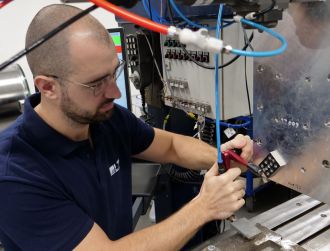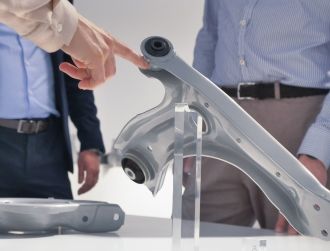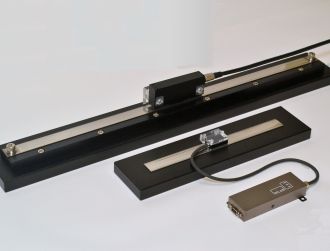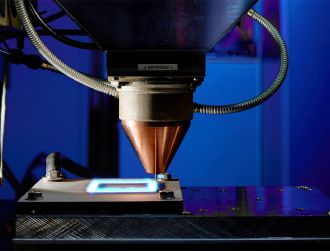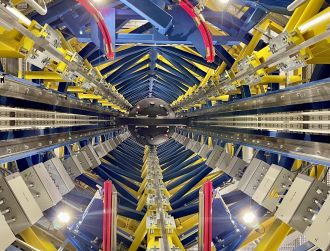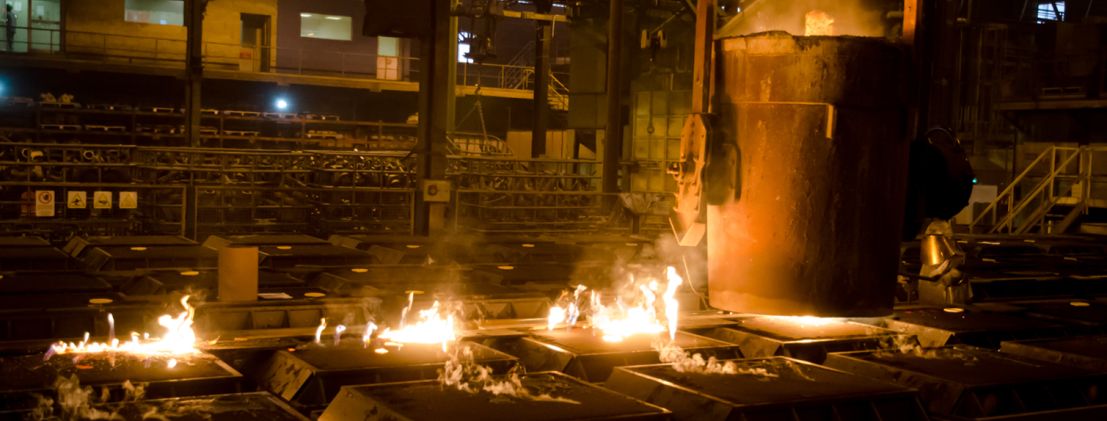
SeConRob Project Unlocks the Future of Manufacturing
Imagine a world where manufacturing becomes smarter, more efficient, and remarkably innovative. It's no longer just a vision; it's a reality with the unveiling of the groundbreaking “SeConRob“ project (Self-configuring Multi-Step Robotic Workflows). This exciting initiative, supported by Horizon Europe, is set to transform the manufacturing landscape from October 1, 2023, to September 30, 2026, with a budget of €2,992,178.
Manufacturing processes often involve scenarios where the success of a subsequent step hinges on the results of the preceding one. A classic example is the fusion of quality assurance and rework. During quality assurance, potential defects surface, necessitating a rework process for correction. However, the intricacies of this rework rely entirely on the quality assurance results, including the defect's location, type, and severity, all of which significantly impact the overall process. Automating such processes has been a formidable challenge due to the complexity of configuring intricate processes automatically.
Leveraging cutting-edge technologies
The key players behind SeConRob are: PROFACTOR GmbH (Austria), Safe Metal (France), Otto Fuchs (Germany), ACS (Germany), ECL (France), Fraunhofer IZFP (Germany) and Marposs (Italy). “Our primary focus is on automation and, specifically, the automatic configuration of multi-step process chains. To make this possible, we're leveraging cutting-edge technologies”:
- Parametric, physical process models** that enable the automatic planning of a robotic process, with the ability to adapt based on information from preceding steps.
- Data analysis methods**, some incorporating artificial intelligence, to extract invaluable insights from data gathered by measurement and quality assurance systems, going beyond simple good/bad judgments.
- Long-term feedback loops**, including reinforcement learning, for gradual process configuration improvements that enhance product quality and reduce the number of iterations needed to achieve a flawless product.
Real-world use cases
The project tackles two real-world use cases related to processing and inspecting metallic cast and forged parts. We're setting up two robotic cells to demonstrate the automatic configuration of an entire process chain in a realistic environment.
At the heart of this project is PROFACTOR, responsible for more than just project coordination. We'll be implementing the inspection processes (excluding ultrasonic testing), handling automatic process planning for robotic operations, and pioneering long-term feedback through reinforcement learning.
SeConRob embarked on its journey on October 1, 2023, with a successful kick-off meeting at PROFACTOR in Steyr on October 10th and 11th. The next steps are already planned, which include documenting use cases, defining processes, and identifying critical process parameters. The planning of the two robotic cells and all necessary hardware components is also on the horizon, along with experiments to determine process parameters for processes that were previously untouched by automation.
The companies involved, Safe Metal and Otto Fuchs, operate in the realm of safety-critical components and aviation, where stringent quality standards and rework processes are the norm. The current processes are neither automatable nor scalable to meet the projected aviation production volumes. This bottleneck, attributed to limited automation capabilities and a shortage of highly skilled personnel, is what SeConRob aims to eliminate. “We're offering a forward-looking solution that paves the way for these companies to thrive.” Moreover, Marposs (Inline Process Monitoring) and ACS (Robotic Ultrasonic Testing Systems) are set to expand their technological applications into exciting new domains through this project.
The Fraunhofer IZFP will perform AI-driven data analysis to extract information from inspection data to create a robot program and generate process parameters for the downstream finishing process. Based on physical process models, a long-term feedback loop will be established to optimize the process and consider features not included in the original model.
In this context, Fraunhofer IZFP will develop AI-based software for defect detection and segmentation. For both use cases, this includes the development of suitable models for the data generated by the trials at the process level and at the intermediate demonstration level. At the same time, machine learning methods will be used to classify different types of defects as required by subsequent process steps.
Subsequently, all segmented regions will be characterized by features that are needed to set up the next downstream process. Candidates for such features are the size of the defects or the position under different coordinate systems of the inspection sensors. The feature extraction is linked to the data flow along the process steps.
The next step is to create structured datasets suitable for modelling, training, validating, and benchmarking the AI methods.
Datasets of different size and quality will need to be created to allow for continuous improvement along the different levels of automation, starting with process level trials and ending with multi-level trials. Data augmentation methods will be used to minimize the size of the datasets and to generalize the models for different shapes and varying conditions of the processes.
Vision for the future
“SeConRob“ isn't just a project; it's a vision for the future of manufacturing. We invite you to stay tuned for exciting developments as we work to make robotic workflows smarter, more efficient, and more innovative.


